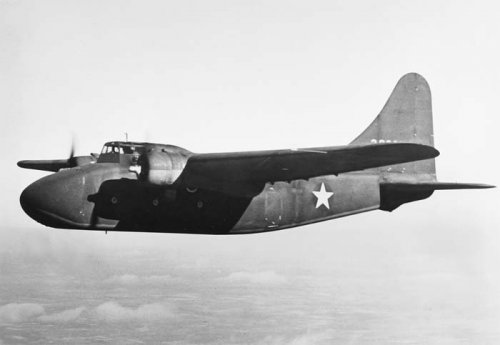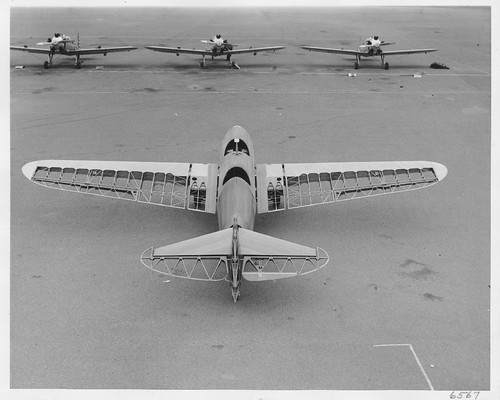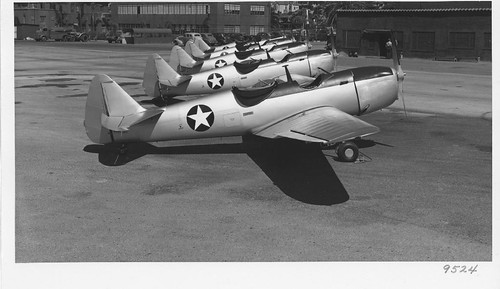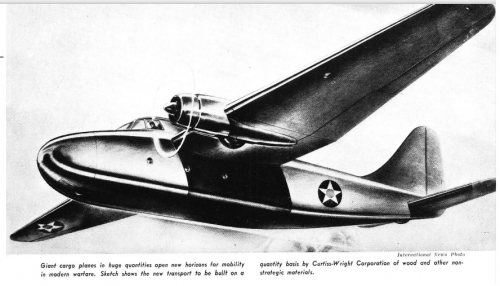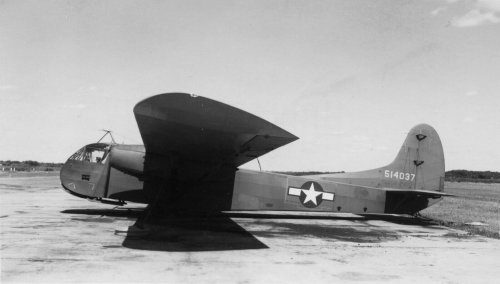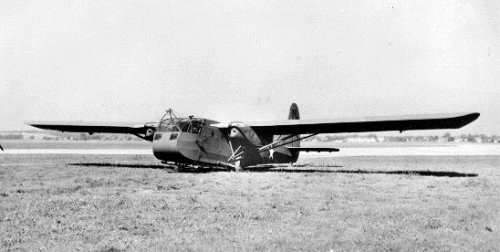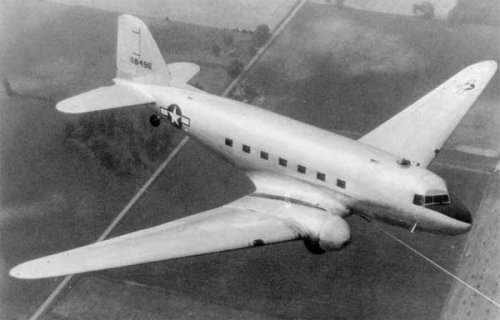The Curtiss C-76 was designed and built of wood to conserve strategic metals (aluminum) during WWII. The shortage of these metals did not develop and the production of the plane was terminated. Besides the Budd Conestoga, were there any other planes designed to meet this conservation requirement?
fishjay
fishjay

